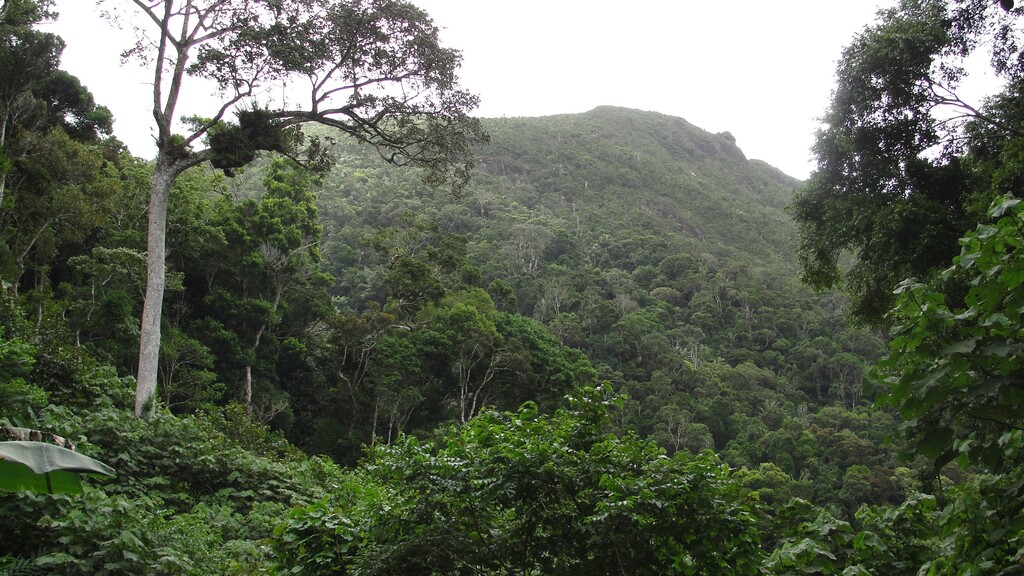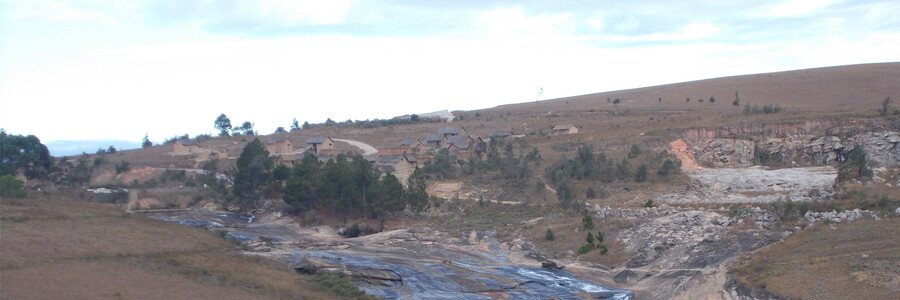The term deforestation refers to two things: clear-cutting and deforestation. In clear-cutting, trees are cut down simultaneously on larger areas of forest or woodland. Forest areas are afforested plots of land, while forests are not created independently, but consist of various stages of vegetation development. Deforestation, on the other hand, involves the permanent removal of forested areas.
Madagascar's rainforests
The most frightening news first: already 90% of the original forest on Madagascar has been cut down. Mainly, the trees are used for tropical timber and construction timber, in addition to being used for agriculture. However, most of the wood (80 %) is used for cooking. Thus, on average, one third of the income of a Malagasy household is spent on wood or charcoal.
Deforestation and then?
Often, deforestation and the accompanying destruction of flora and fauna is only the first step, because the negative consequences go further. Soils are consolidated by plants and their root networks, thus protecting the surface from erosion. Erosion is the process by which loose rock and soil are removed by flowing water, wind, sun, ice, or anthropogenic impacts. Areas where plants and trees are removed by natural causes such as fires, storms, or by large-scale clearing are therefore more susceptible to the erosion process. On these bare, unprotected areas, the soil is washed away when it rains, and with it many nutrients.
Erosion in the rainforest
The rainforest soil in particular is poorer in nutrients than our native soils on our doorstep. The humus layer in the rainforest is very thin and consists mainly of relatively fresh, nutrient-rich biomass that has fallen from rainforest plants. If the plants and trees are cleared, the nutrient supply in the soil is depleted quite quickly.
In addition, the decomposition processes in the rainforest are much faster than in our country. Nutrients are absorbed and stored more quickly by plants and animals, which leads to the fact that the humus layer in the soil is so thin. When the rainforest is cut down, the nutrients stored in the plants of the tropical rainforest are lost. The deforested nutrient-poor soils are therefore only suitable for intensive agriculture for a short time. If the fields are no longer fertile enough, often only bare areas remain. The soil there can no longer hold precipitation, is washed away and washed out to sea.
Here you can find out more about our project.

